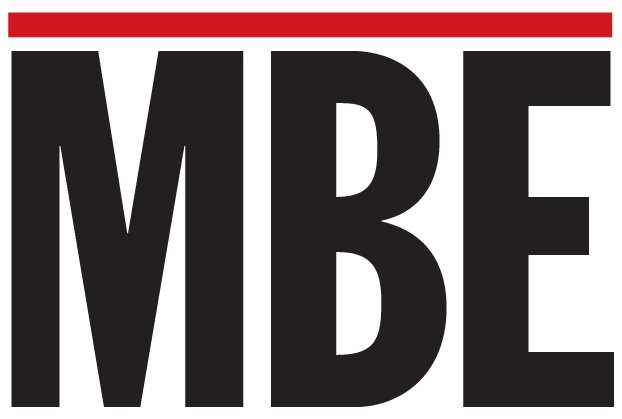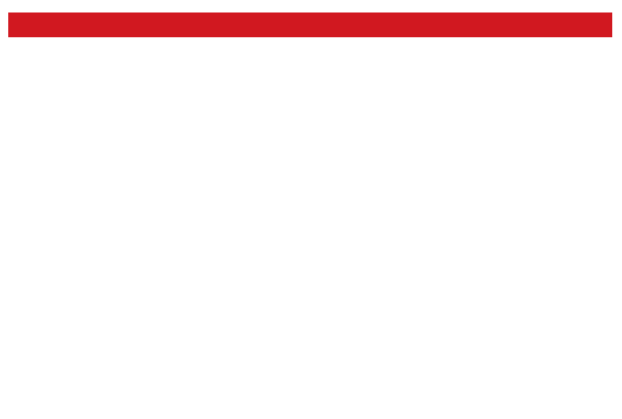
By now, the phrase “reject all cookies” is more closely associated with browsing the internet than dieting.
In June, Google announced it would allow users of the Google Chrome browser to opt-in or opt-out of third-party data collection, effectively reversing its earlier decision to phase out third-party cookies in the second half of 2024. Businesses tracking users of Chrome, the number-1 browser in the world, can expect to feel the effects of these opt-outs in keeping with a longstanding trend.
Since May 2018, European Union consumers have gotten familiar with the General Data Protection Regulation (GDPR), which limits how companies collect and use personal data online. California’s own version of the law—the CCPA—has similarly protected consumers in the largest U.S. state by population. Virginia, Utah, Colorado and Connecticut have also allowed for opt-outs in recent public policy decisions.
The upshot for digital marketers is the same: a forced shift away from cookie-based tracking in digital media campaigns wherever consumers can opt out.
This transition requires organizations to adopt more innovative strategies that gather first-party data in marketing efforts, contextual targeting, and implementing Conversions API for platforms like Meta (Instagram/Facebook) and LinkedIn to enhance data accuracy and privacy compliance.
Here are six strategies behind successful media campaigns for a “cookieless” future:
- Embrace First-Party Data: Focus campaigns to have landing pages encouraging first-party data collection, including form fills, download and contact inquiries, CRM data, and analytical data collection. Also, put deeper focused efforts on custom-list targeting in digital and social, marketing automation/email marketing, and remarketing efforts.
- Implement Conversions API for Meta Platforms (Facebook, Instagram): This allows for the transmission of events like purchases, sign-ups, and other actions without relying on browser cookies. This process ensures more accurate tracking of user interactions while respecting user privacy practices.
- Utilize LinkedIn’s Insight Tag and Conversions API: This allows conversion data to still be extracted, bypassing the need for third-party cookies and providing a more reliable method for measuring ad performance and targeting audiences on LinkedIn.
- Contextual Targeting: Shifting more focus to more contextual-based targeting for digital display and native ads, allowing marketers to place ads based on the content of the website instead of user behavior and retargeting ads. This method respects user privacy while still delivering relevant ads. The key is to identify the correct content categories and keywords to target audiences effectively.
- Behavior Modeling: Instead of targeting based on what they do once hitting the client landing pages, create audiences based on user behaviors in-platform. For example, it’s possible to retarget audiences if they watch a video ad for a certain length of time, or view a previous LinkedIn image ad in a dedicated timeframe. Creating audiences in this way allows marketers to retarget audiences who already took deeper actions and engaged with messaging previously.
- Platform-Based/Third-Party Audience Targeting: Targeting based on platform-known audience data—job titles, functions, companies, gender, age, geographic locations, interests, behaviors—is audience creation that we utilize that will not be affected by these changes. This ensures that we can still reach these audiences and then find unique ways to keep communicating with them.












